Enveloped DNA nanostructures were developed to escape attacks from nucleases and the immune system, opening a path to ever more sophisticated DNA nanomedical devices.
Lipid coat protects DNA nanorobot from immune attack
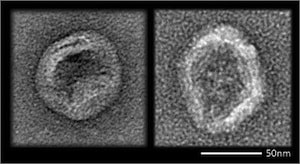

Enveloped DNA nanostructures were developed to escape attacks from nucleases and the immune system, opening a path to ever more sophisticated DNA nanomedical devices.

The photos from the 2014 Foresight Technical Conference highlight entrepreneurial efforts in space, biotechnology, and life extension.
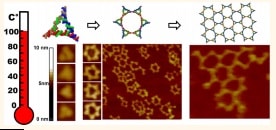
The complex molecular recognition code of RNA offers RNA nanotechnology a greater variety of 3D structures and functions than are present in DNA nanotechnology, but the RNA structures can be fragile. New RNA triangles that resist boiling solve this problem.
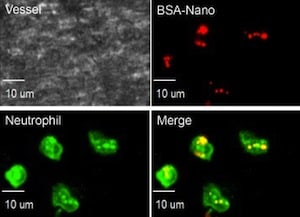
By targeting the protein that attaches a type of immune cell called neutrophils to blood vessel walls where they cause serious tissues damage, the neutrophils are released and returned to the circulation to resume their normal functions.
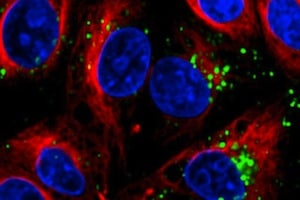
RNA interference provides potential cures for various diseases by silencing the expression of specific genes in specific organs, but delivering the RNA molecules to the right place is very difficult. A novel nanoparticle provides unprecedented efficiency in silencing target genes in liver cells.
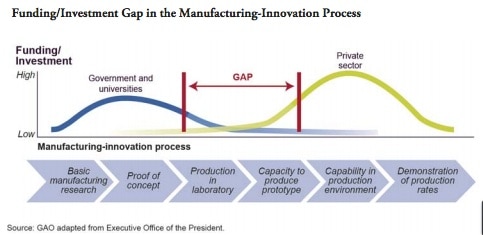
The concern of the US GAO for a gap in nanomanufacturing is well-placed, but it is only half of the problem with the limited US vision of the impact of nanotechnology on the future world economy.

A “sense of energy, momentum, and collegiality throughout the weekend” united attendees hearing about the integration of nano-engineered devices and materials into more complex systems, and the integration of nanoscale technologies into diverse applications.
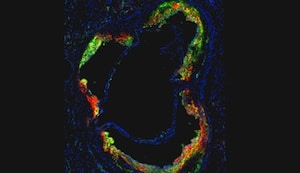
A reconstituted high-density lipoprotein nanoparticle reduces inflammation in advanced atherosclerotic plaques in mice. Will it work in humans to prevent repeat heart attacks and stroke?
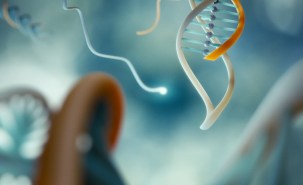
A DNA clamp engineered for higher specificity and higher affinity may improve cancer diagnosis and treatment and may also mean better control over building nanomachines.
A collection of open access journals on a variety of topics provides a very useful entry point to the rapidly growing collection of scientific, technical, and scholarly research that is not hidden behind pay walls.